Do climbing bikes make sense in cycling today?
At the beginning of the 2025 Tour de France, everyone was surprised that both Tadej Pogacar and Jonas Vingegaard opted for the aerodynamic bike models from Colnago and Cervélo respectively. We imagined that, when the high mountains made their appearance in the second week, they would switch to the climbing models of both brands. However, that has not happened and both Y1Rs and S5 have been the models used by both throughout the Tour de France, raising doubts about whether climbing bikes still make sense in current competition.
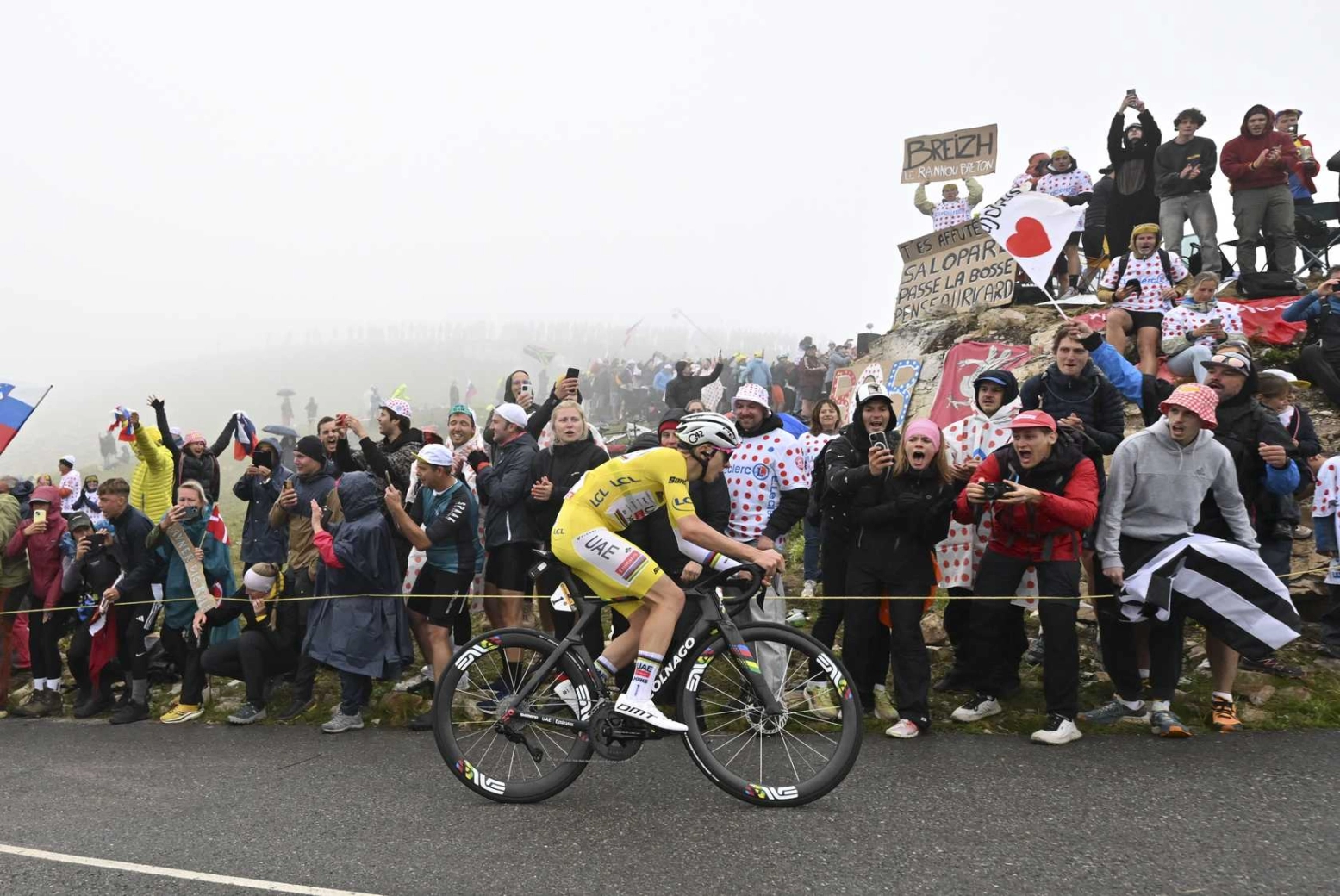
Aerodynamics is confirmed as the main parameter for pedaling faster
As we explained during the Tour de France to justify why both cyclists had chosen the respective aerodynamic models from the brands that supply bikes to their teams, the extremely high speed at which they pedaled throughout the Tour de France has been key for these bikes to be more efficient than their lightweight counterparts.
The influence of weight on performance starts to become relevant at percentages above 6-7%, however, at the speed at which professional cyclists ascend, we have to go above 10% gradient for the differences in watts to be noticeable in terms of weight, and even then, we are talking about a small power differential.
RECOMENDADO

When do helmets have to be changed? Do they have an expiration date?
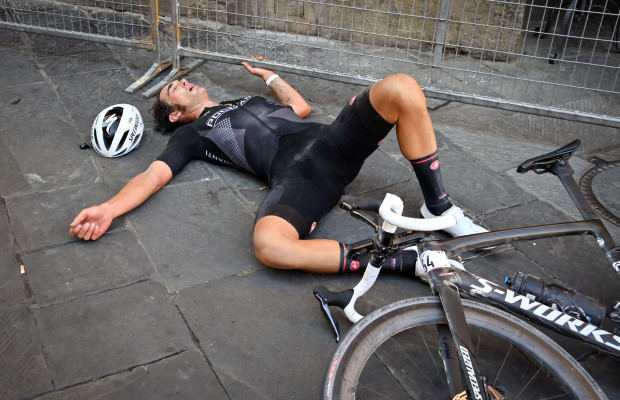
How many days should a cyclist rest per week?
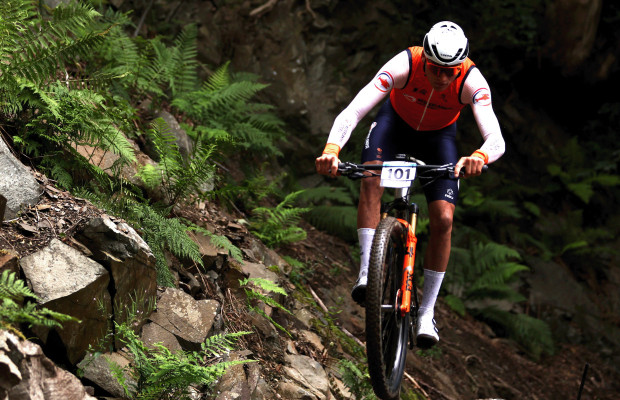
Some reasons to stay away from the road in winter
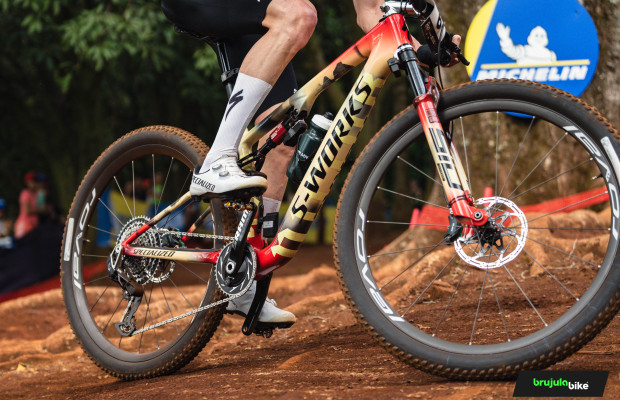
S-Works: what does it really mean and where does Specialized's most exclusive label come from?
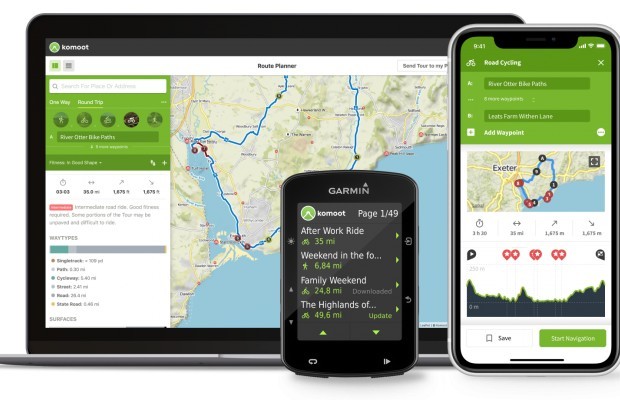
The best apps for cycling and mountain biking
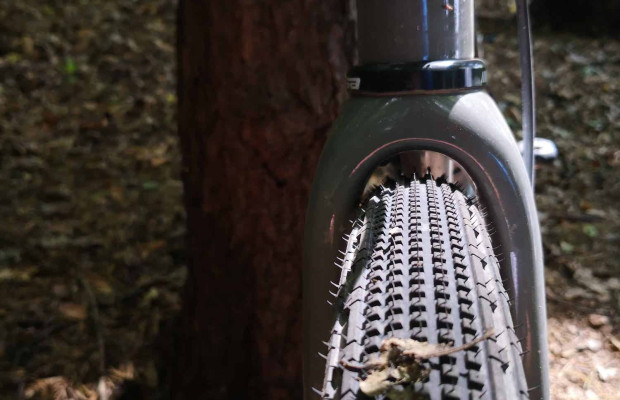
Why wider tires in gravel are faster
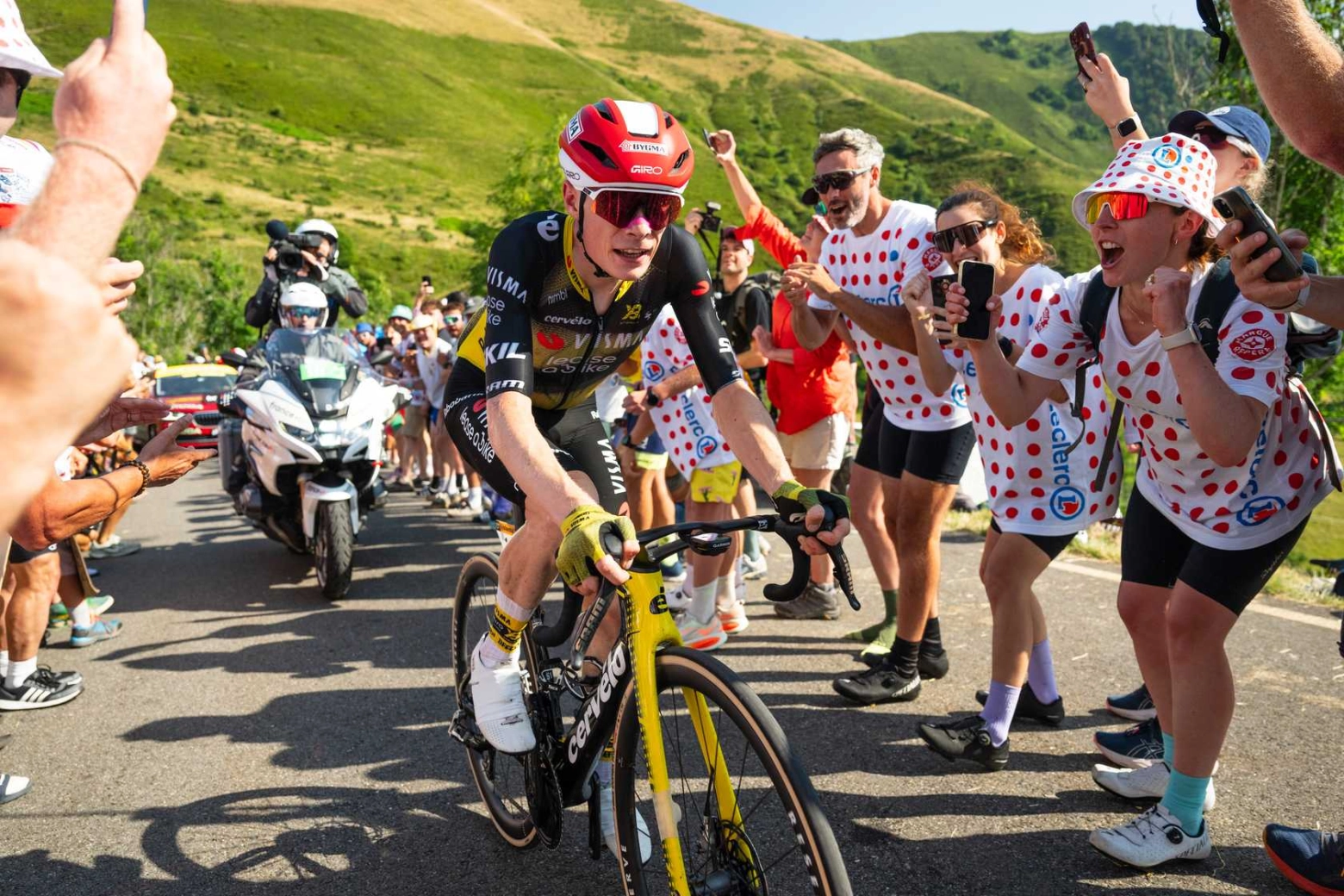
But when it comes to aerodynamics, the mathematical formulas that model the air resistance against the cyclist's progress always raise the speed parameter to the square, that is, the faster you pedal, the resistance increases exponentially. Overcoming air resistance accounts for 20% of the effort a cyclist makes when pedaling at 30 km/h, a speed at which professional cyclists can ascend the mentioned ramps around 6-7%, which are the most common in most mountain passes.
This percentage of effort dedicated to overcoming air resistance increases to 90% at an average speed of around 42 km/h, the speed that has been maintained throughout this Tour de France, with many stages above 45 km/h on average, so reducing the aerodynamic coefficient of the bike/cyclist combination has become a key factor in improving performance, that is, going at equal or higher speed with the least watts necessary.
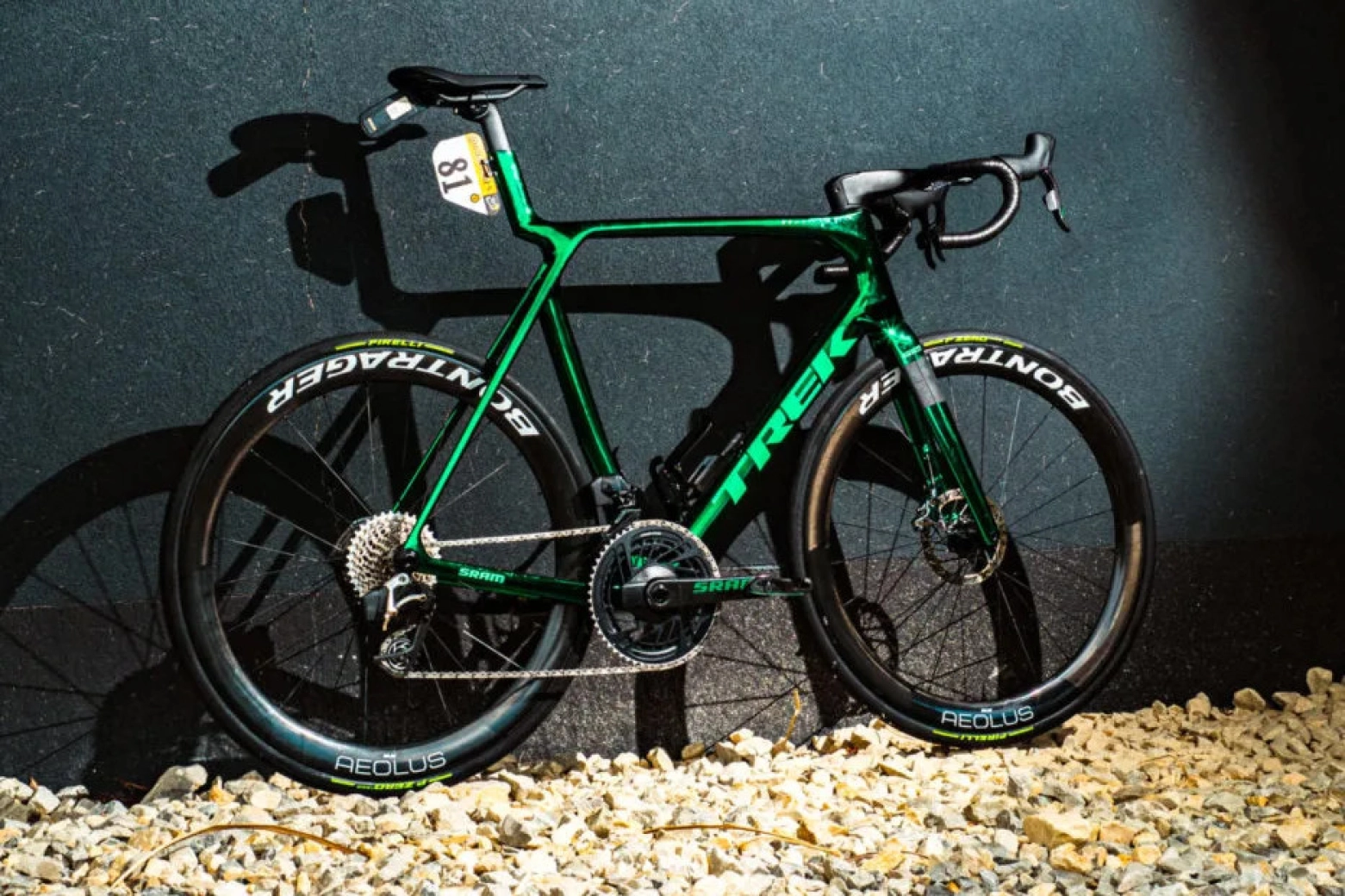
We are talking about an aerodynamic bike and its climbing counterpart having barely half a kilo of weight difference, but considering that aerodynamic bikes are becoming lighter, like the black version of the Colnago Y1Rs that Tadej Pogacar used from the Peyragudes time trial climb onwards, which weighed in at 6.9 kg, the disadvantage of extra weight on mountain stages is completely diluted while maintaining the significant aerodynamic gains that also allow for much faster descents on mountain days.
In fact, for some years now, many brands have opted for a single aerolight bike model. Bikes with an aerodynamic design but with extremely low weights. A clear example of this is the Trek range, which a couple of years ago removed its Émonda model from the catalog to create a Madone, the name of the ultralight aero model currently used by Lidl-Trek, from a wardrobe-sized Jonathan Milan for sprint wins, to a Quinn Simmons capable of being in breakaways almost every stage of the Tour de France, including mountain stages.
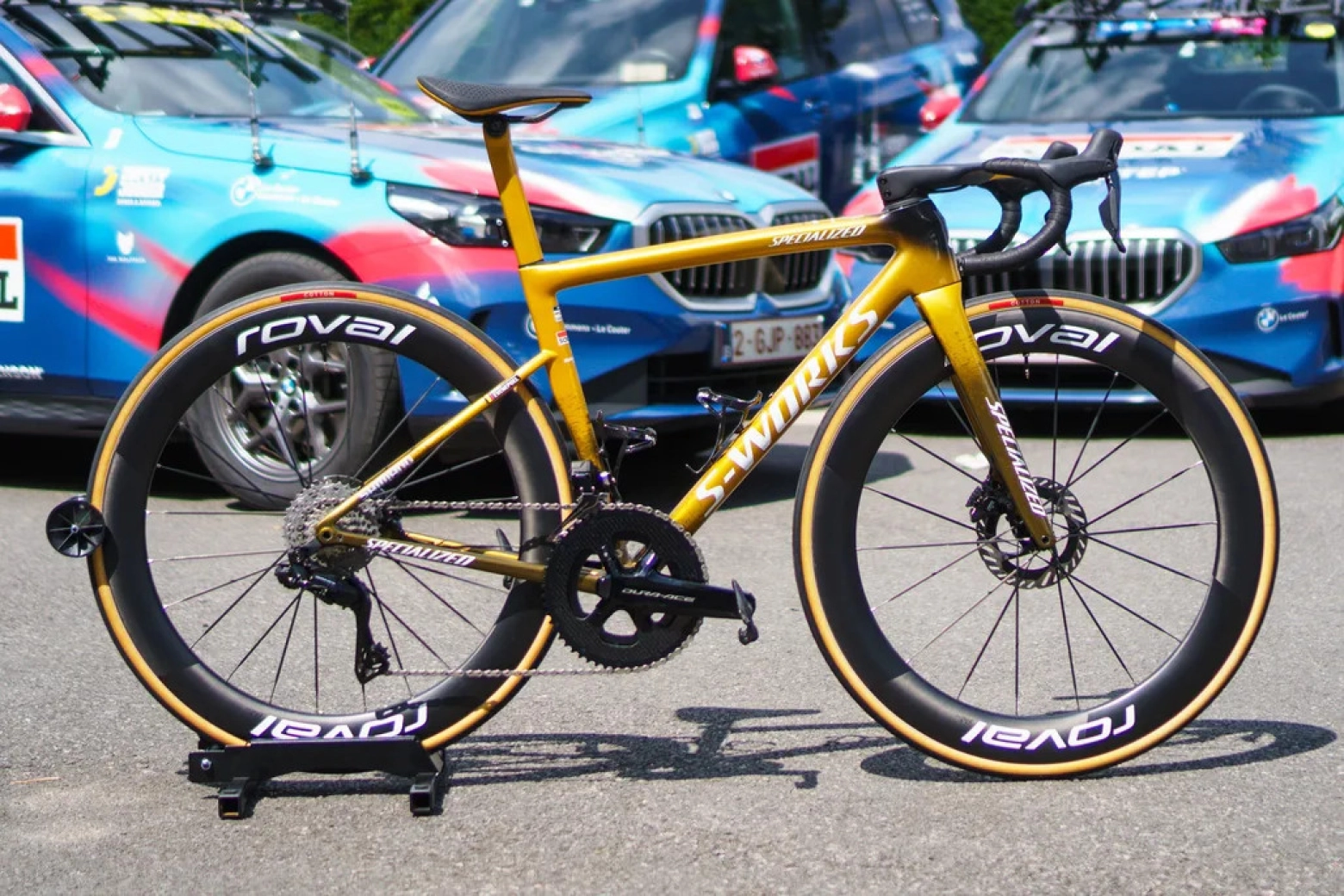
The same philosophy was applied by Specialized, the creators of the slogan "Aero is everything", who years ago stopped producing their Venge model to focus all their attention on the Tarmac, a bike that, in its current version, surpasses the aerodynamic levels of their latest Venge with a weight right at the UCI limit.
It is true that a super stiff and ultralight bike, especially if we are talking about models around 6 kg or less and with Lightweight-type wheels, provides a unique acceleration sensation, but, looking at the numbers, when pedaling for long periods at very high speeds, it is much less effective than a model where aerodynamics is the key, especially as long as the UCI weight limit of 6.8 kg remains.
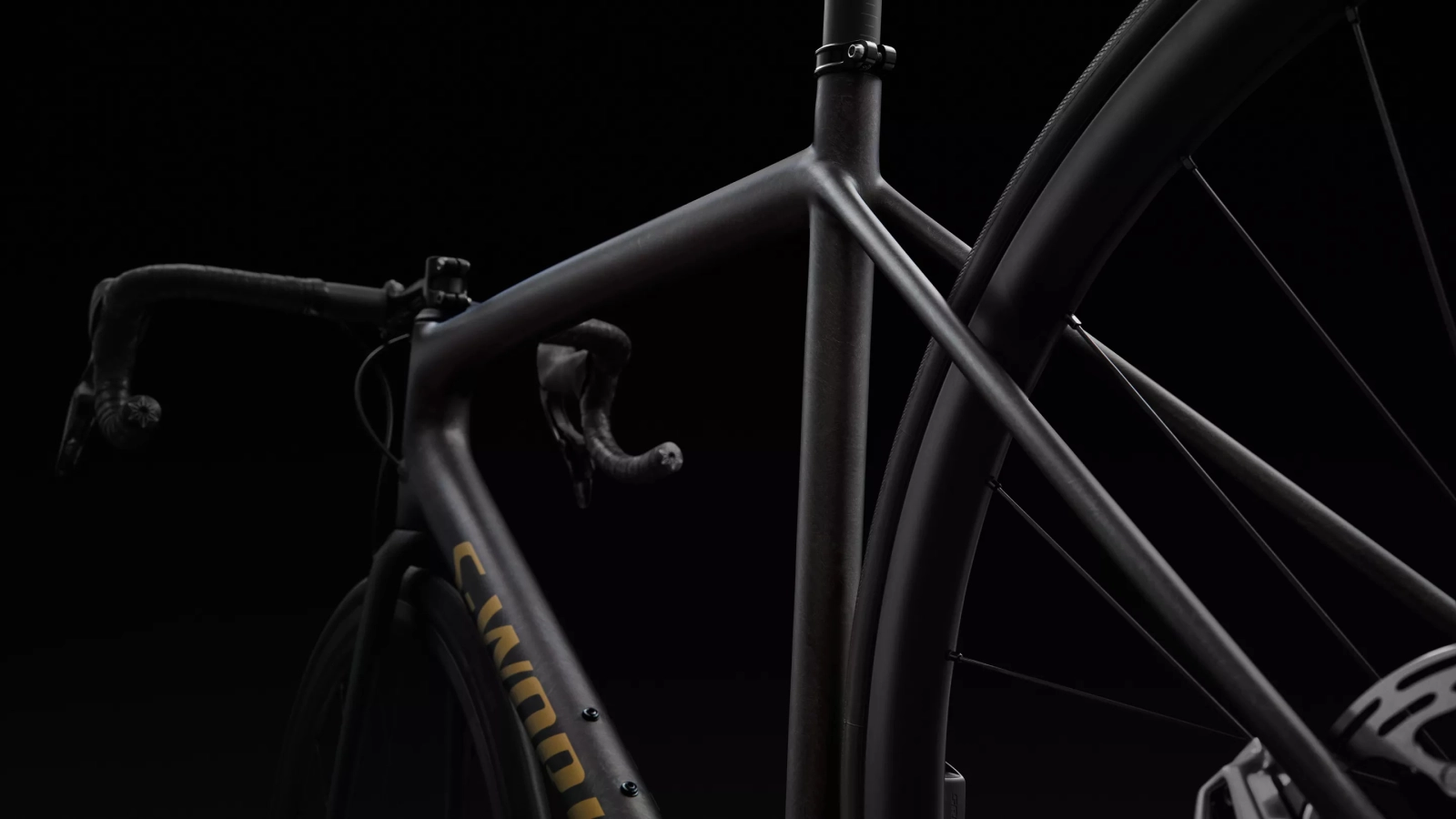
Will ultralight bikes disappear from the catalogs? Yes, if we are talking about bikes focused on competition use. However, brands that can afford to have a climbing model will likely keep these bikes in the catalog to please customers who prioritize the sensations of pedaling over raw performance. For example, Specialized has its spectacular Aethos, a model with a classic aesthetic, visible brake hoses on the handlebars, and a spectacular weight in its top-of-the-range assembly of just 6.3 kg.